Blog posts tagged with social interaction

11 Dec
human behavior research
Other (Human)
Behavioral research explained: stimuli, emotion, interaction, and coding
Explore key concepts that shape human behavior research. This post brings together essential ideas that help researchers study behavior with more clarity.

09 Apr
human behavior research
Psychology
Understanding social behavior
Social behavior is everywhere—at home, at work, and in the classroom. Discover what it is, why it matters, and how observing it with the right tools leads to deeper insight into how people connect, communicate, and respond.
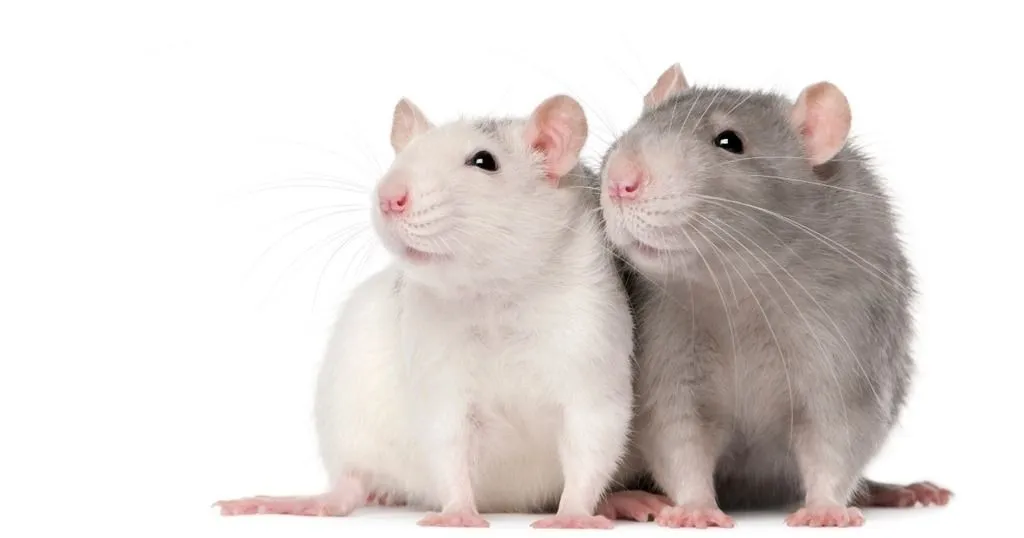
02 May
animal behavior research
Social Behavior
Did you know you can (semi) socially house tethered animals?
Socially housing tethered animals can be challenging, but also crucially beneficial to your study. Read more about how with our PhenoTyper we can solve that dilemma!
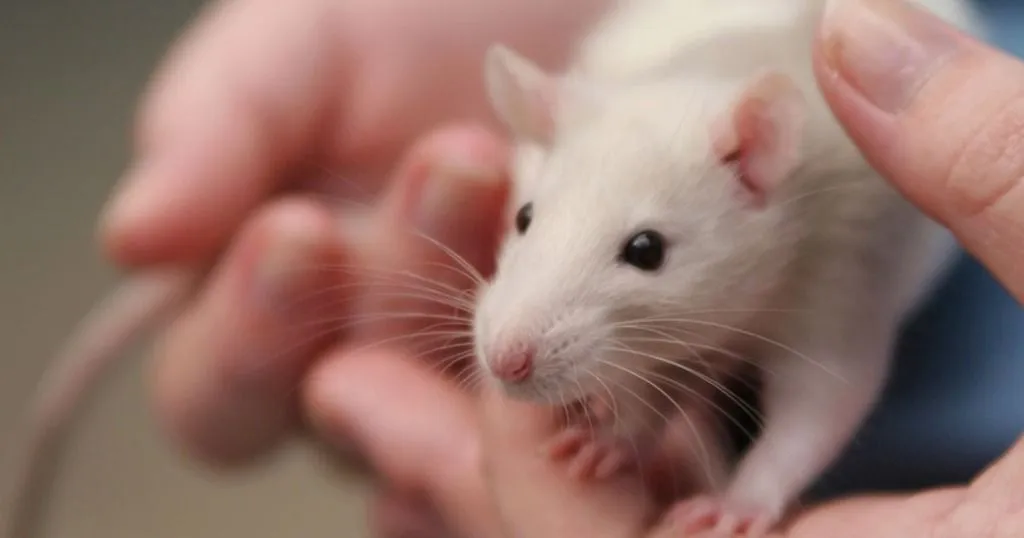
15 Jun
animal behavior research
Research Methods
The impact of handling technique on rodent welfare and scientific accuracy
Proper handling technique is essential in not only ensuring welfare, but also for reliable results. Check out this blog to learn more about how to handle rodents in an experimental setting!
17 May
animal behavior research
Social Behavior
Understanding mouse social interaction using objective measures
Measuring social interaction is an important, but due to technical limitations, often overlooked part of behavioral research. Live mouse tracker was designed to alleviate this problem.

24 Aug
animal behavior research
Social Behavior
The social interaction test: effortless and dependable with EthoVision XT
What is the social interaction test? This blog dives into this topic for fish and rodents. Why is social interaction important to measure, and how do we go about doing it?

26 Jul
human behavior research
Emotion
Must-see TED Talks on emotions
Emotions are fundamental in understanding human behavior. Do you want to get a better understanding of emotions? We’ve put together a list of must-see TED Talks on emotions.
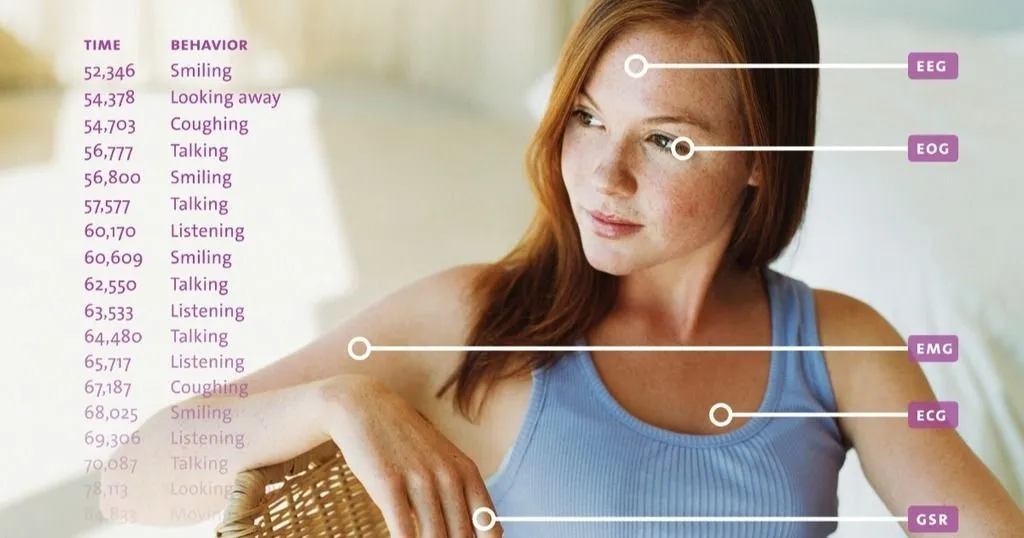
13 Dec
human behavior research
Multimodal
Five studies showing the power of multi-modal data in behavioral research
The advantages of using multimodal data over a single modality are that it reveals deeper insights and also if one modality fails there can be enough redundancy in the data to still make sense of it.
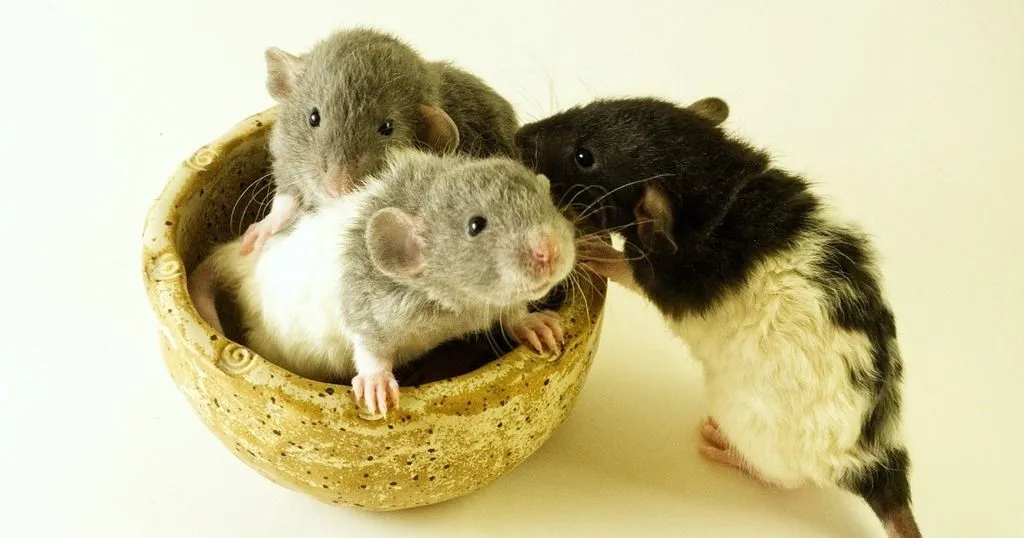
25 Aug
animal behavior research
Social Behavior
Altruism in rats, suspiciously human
A recent study by Bartal et al drove our curiousity to write this blog about altruistic behavior in rats. This study shows how this type of behavior is neurally linkend to the social functioning of humans.
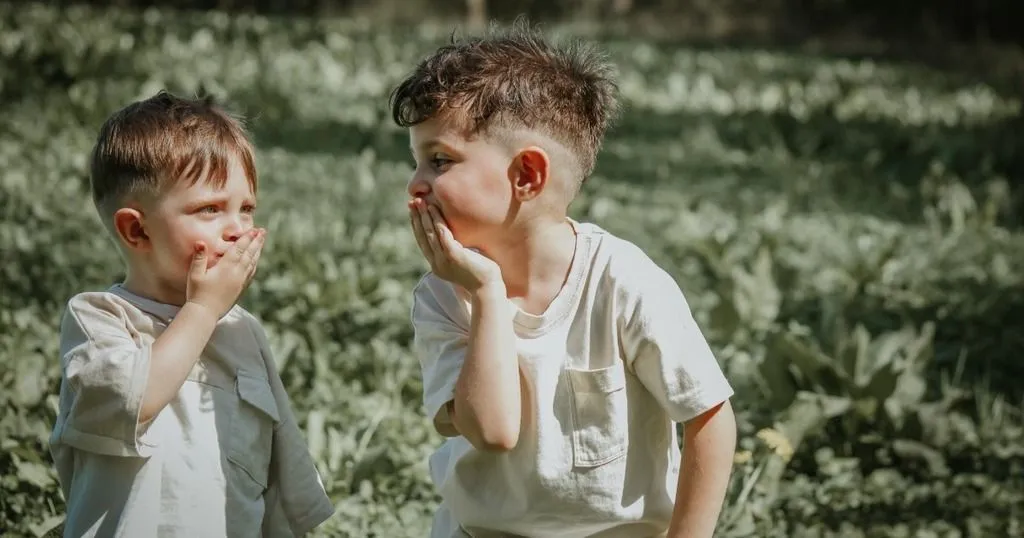
24 Jun
human behavior research
Psychology
Investigating facial expressions in autism and borderline personality disorder
Within two specific populations researchers investigated the role of facial expressions on social interactions.